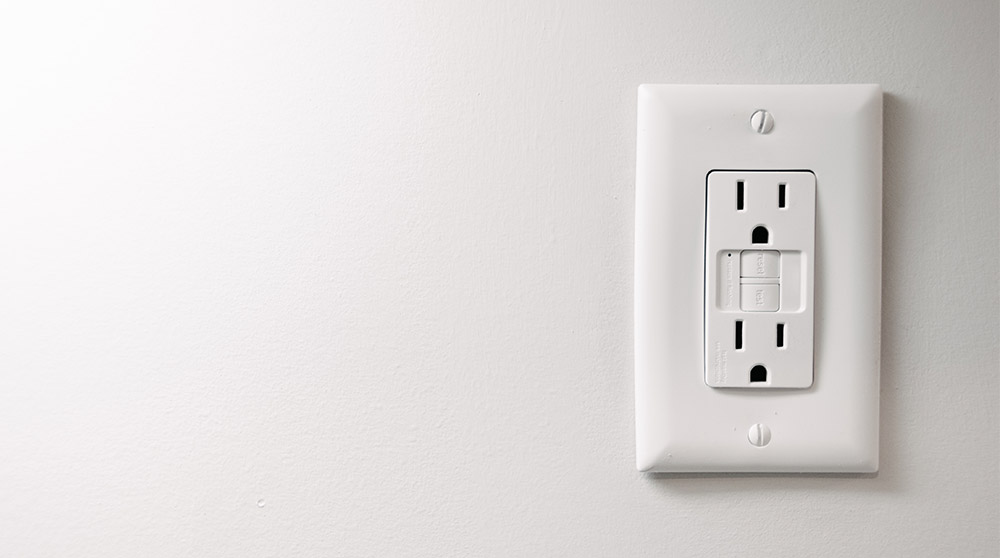5 electrical outlet safety tips every homeowner should know.

The National Fire Protection Association reports that electrical failures or malfunctions were the second leading cause of electrical home fires in recent years. They also accounted for 13% of home structure fires. As your partners in precaution, we’ve identified five quick and effective ways to reduce your risk for electrical fire and electrical shock. Curious to find out what they are? Explore our five electrical outlet safety tips:
Update your outlets. If your home still has standard, two-prong electrical outlets, it’s time to make a change. Update to three-prong or ground fault circuit interrupter (GFCI) outlets. GFCI outlets are designed with safety in mind and can save you from electrical shock. They constantly monitor the electricity that flows through a circuit and will cut power if the outlet encounters water or another detectable hazard. Install these outlets in bathrooms, kitchens, garages, and basements. In addition, all outdoor outlets should be GFCI.
Check cords and covers regularly. Before you plug an item in, take a closer look. Cords that are damaged in any way should be replaced immediately — especially if they have exposed wires. It’s also important to check all outlet covers at least once a year. Make sure they still encase the wiring and are fastened to the wall securely. If you come across a cover that’s cracked or chipped, you’ll want to replace it. And if any are hot, burnt, or buzzing, call a qualified electrician before you do anything else.
Don’t overload an outlet. If you’ve ever turned on a hair dryer, started to vacuum, or adjusted a space heater only to have it (or power to that area) shut off, you’ve tried to use more electricity than your home allows. Fortunately, circuit breakers can usually trigger these shutdowns safely. But it’s more effective to prevent overloads on your own. To avoid overloading an outlet, plug major appliances into their own wall outlet, don’t turn on too many things at once, use energy-efficient LED or CFL light bulbs, or ask an electrician to install extra outlets.
Unplug cords safely. When you’re done using something, grab the base of the plug and pull slowly. It can be tempting to tug or wiggle a cord, but if you’re at a distance or at an angle, it can lead to broken wires, bent plugs, or outlet damage. Speaking of unplugging, if a storm is headed your way, safely unplug these seven electronics before inclement weather arrives.
Childproof your outlets. Electrical outlets are often eye level and are intriguing to little ones. That’s why electrical outlet safety is so important. Protect your child by purchasing plugs with plastic prongs. They’ll fit snugly inside the outlet, which means kids won’t be able to access them. And for your convenience, they’re easy for adults to remove. A cost-saving tip is to buy these plugs in bulk for a cheaper per-unit price.
These electrical outlet safety tips can help protect your home and your loved ones. But if sparks fly or a fire does break out, it’s important to know how to use a fire extinguisher, too. For more ways to protect your home with comprehensive home insurance, talk to a local, independent agent.





